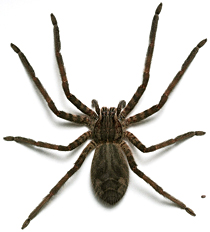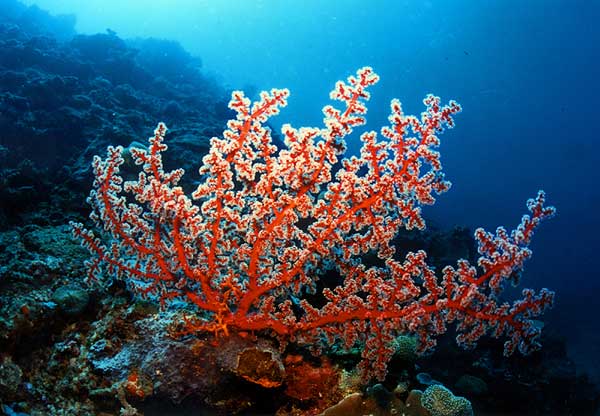Arthropods: they have an external skeleton , jointed legs and a segmented body.
The easiest way to distinguish an arthropod from any other animal is to see if they have:

The easiest way to distinguish an arthropod from any other animal is to see if they have:
1) A segmented body.
This means that they will have a body made up of more than one part. Spiders have two segments and flies have three segments.
2) Many jointed legs or limbs.
Spiders have 8 legs, millipedes can have... Hundreds!
3) An exoskeleton.
This is an external skeleton. Like armor, it protects the arthropods body. When arthropods are born the exoskeleton is soft but hardens quickly and it can be shed as the creature grows. Arthropods are invertebrates; which means that they do not have a backbone.
4) Cold blooded
Arthropods are cold blooded -- which means, their body temperature depends on the temperature of the environment surrounding them.
They include insects, arachnids, crustaceans and myriapods.
- Insects:
- Insect bodies have three parts, the thorax, abdomen and head.
- Insects have two antennae.
- Insects have three pairs of legs.

- Arachnids:
- Arachnids bodies have two parts.
- Arachnids do not have antennae. They do not have wings.
- Arachnids have eight legs.

- Crustaceans:
- They have got 4 antennae.

- Myriapods:
They have got many legs

They have got many legs












